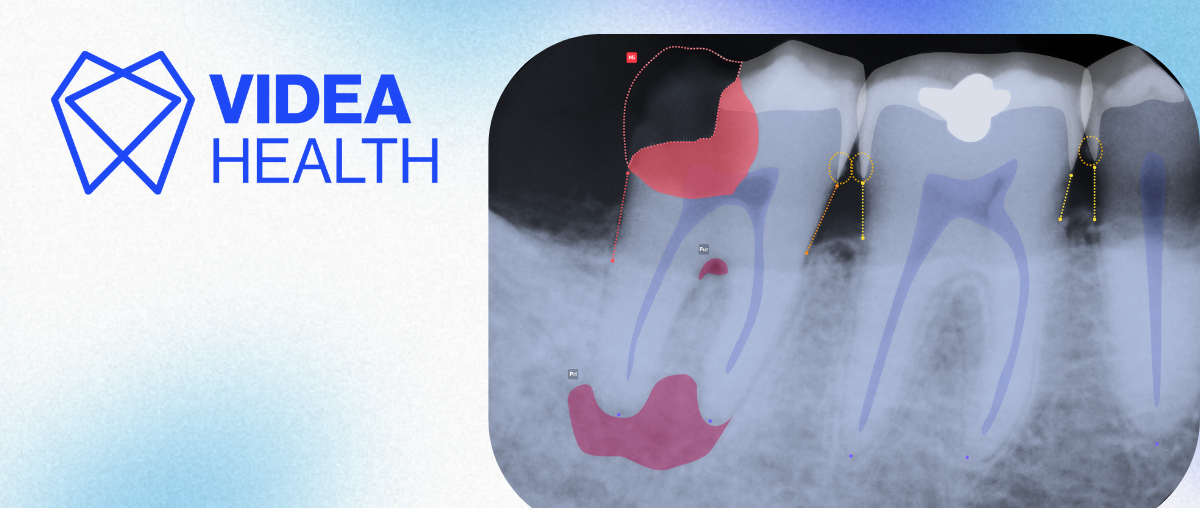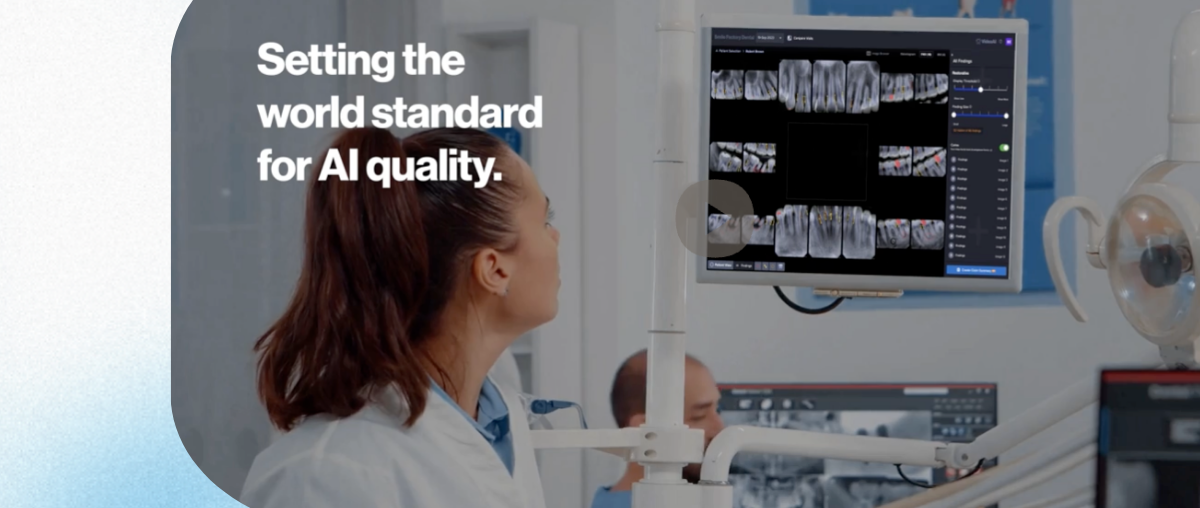
Back in 1956, the dream of AI pioneers such as John McCarthy was to construct complex machines that possessed characteristics of human intelligence. However, general AI machines that replicate human senses, human reasoning, and think as we do are still mostly constrained to Hollywood and science fiction novels.
AI today is, however, able to perform specific, comparably narrow tasks as well as, or sometimes better than, we humans can. Examples of narrow AI include applications such as classification of pathology from X-ray imagery, identification of people in Facebook photos via facial recognition, or your spam filters in Gmail. All of those technologies exhibit some facets of human intelligence.
AI vs. Machine Learning vs. Deep Learning
People often use the words Artificial Intelligence (AI), Machine Learning (ML), and Deep Learning (DL) interchangeably. We feel the graphic below explains the differences well. Simply put, AI is an academic discipline founded in the early 1950s. ML is a subfield of AI that has been gaining momentum since the 1980s. ML finds patterns in data and uses them to make predictions. Deep Learning is a newer subfield of machine learning using “neural networks.” It’s been very successful in certain areas such as image (and X-Ray data), video, text, and audio processing. At VideaHealth, we use deep learning techniques on X-Ray images to introduce a data-driven standard of care into dentistry.


Understanding the difference between AI, ML, DL and Computer Vision
How does Machine Learning work?
At its most basic level, ML is the practice of using algorithms to parse data (like X-ray images), learn from it, and then make a determination or prediction about something in the world. Rather than hand-coding software routines with a specific set of instructions to accomplish a particular task, the machine is “trained” using large amounts of data and algorithms that give it the ability to learn how to perform the task.1
A machine learning system can operate several ways, most commonly one of the three, “Supervised Learning,” “Unsupervised Learning,” and “Reinforcement Learning.” We will focus on Supervised Learning in this article.
The four broad steps shown in the visual below explain how “Supervised Learning” is done in the context of dentistry at Videa. We first determine a representative set of X-rays from our database of 10M+ attachments on which we aim to build our algorithm that, for example, can detect carious lesions. Our partner dentists are then sent a sample of these X-Rays, where they label (annotate) areas of carious lesions on the attachments. Our algorithms (neural nets) read these labeled X-ray images and run over them thousands of times, learning how to extract features from the X-ray images and use them for the problem of detecting carious lesions. The features could be patterns or shapes (e.g. lines) or differences in intensities (e.g. radio-opacity or radiodensity) that allow to discriminate between a lesion and a healthy tooth. With increased complexity (depth) of neural nets, features of increasingly high levels of abstraction can be extracted.
After being trained on the labeled subset of images, we can run this algorithm on new unlabeled images and detect carious lesions. Our algorithms continue to learn as we get new data, and we get feedback from dentists and clinicians using our product.


.
In Unsupervised Learning, AI models train on data that has not been labeled by humans. The algorithms detect patterns in the data by itself and create “clusters”. An example of unsupervised learning could be how an algorithm would go about sorting a haphazard pile of colored potatoes (as shown in the image). The algorithm will “learn” about various characteristics and features of the potatoes (like color) and will “cluster” them in groups based on the similarity of features. In dentistry, unsupervised learning can be used for clustering of attachments “Panos”, “bite-wings”, “PAs” due to inherent differences in angulation, colors, size, and other image characteristics.


Ok, but what’s computer vision then?
Computer Vision is a subfield of Machine Learning that focuses on the understanding and processing of visual data such as images. Other predominant fields include natural language processing (used for Siri) or recommendation systems (used for Netflix movies).
We at Videa strongly believe that translating recent research progress made in the field of Computer Vision can revolutionize dentistry when built into valuable products. On a high level, many Computer Vision problems can be segmented into three broad categories:
- Classification: refers to a type of labeling where a given x-ray/image is assigned certain concepts. For example, we might ask the algorithm a specific question such as “Is the image quality readable?” or as illustrated in the visual below “Are there any caries present in the image?”.
- Detection: is a computer vision technique that deals with localizing and distinguishing between objects within an x-ray or image. E.g., In the visual below, the AI algorithm detected the specific area on a specific tooth where caries were found.
- Segmentation: Segmentation models provide the exact outline of the object within an image. E.g., in the visual below the AI algorithm was able to detect the exact borders and extent of caries on the tooth.
The Depending on the use case each of these three computer vision modeling techniques works


Be on the lookout for our next article in this series that dives into the question of “How do you evaluate AI technology?”!

.png)


